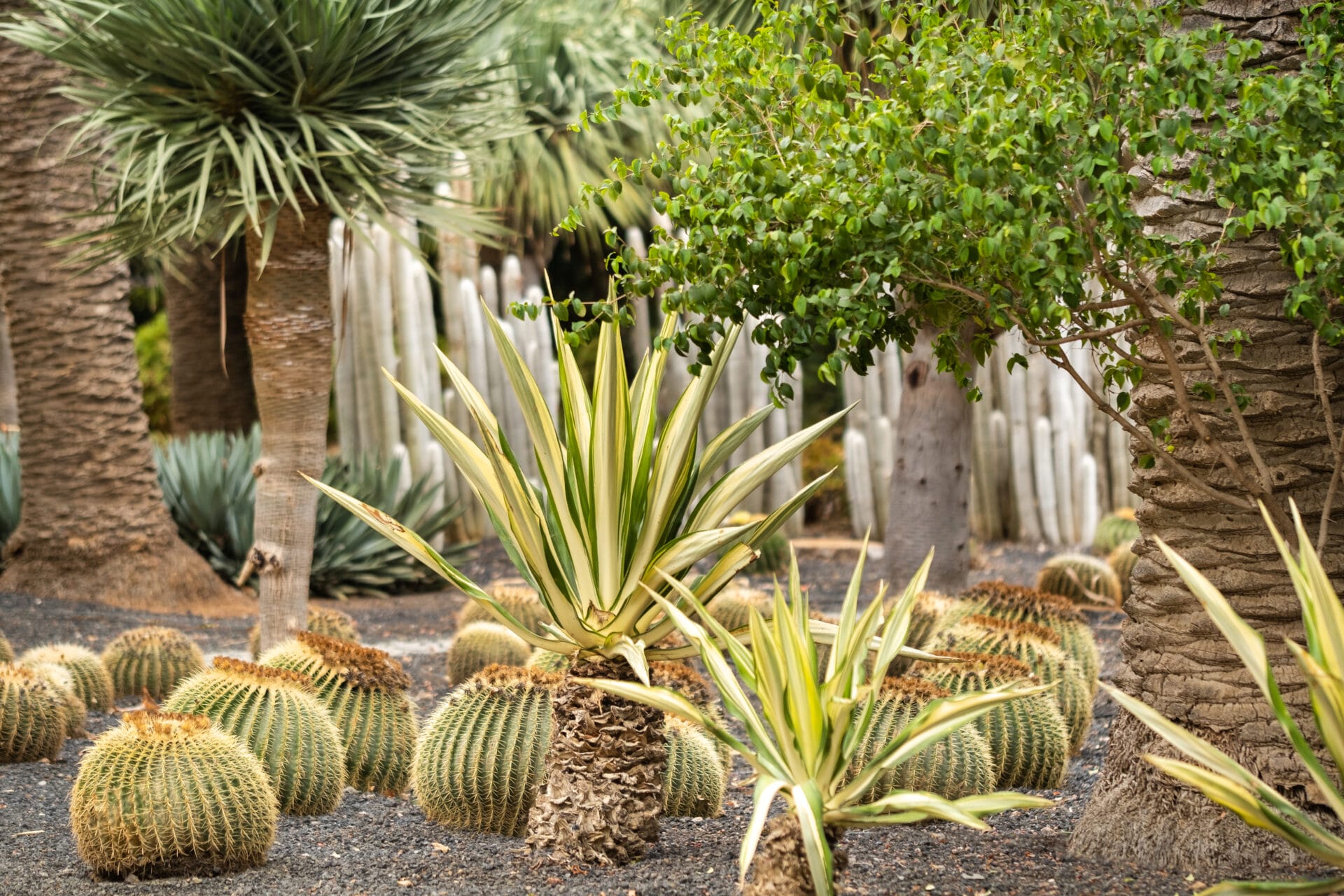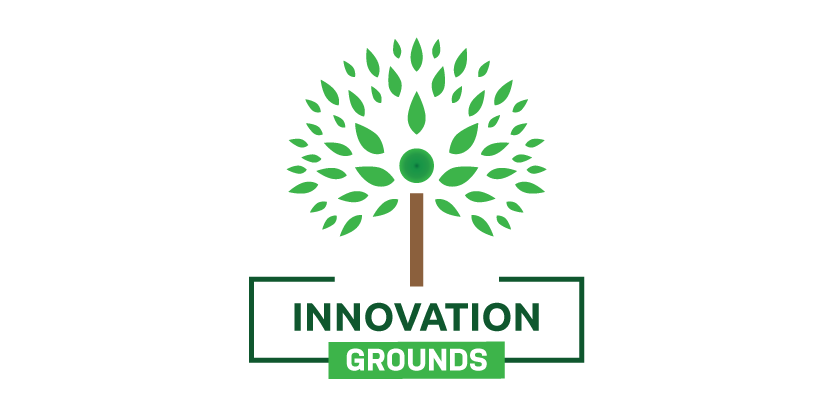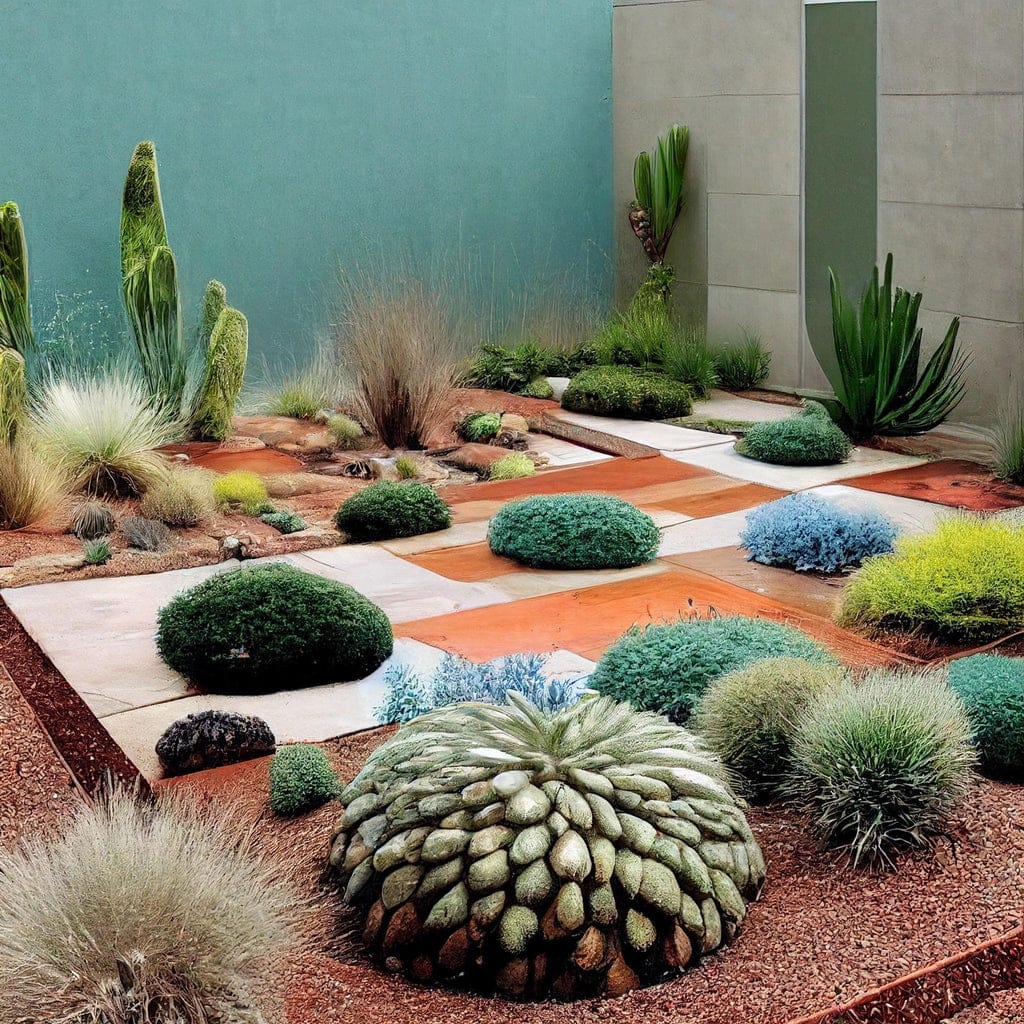Why Xeriscaping is the Future of Landscaping in Austin
By Innovation Grounds
As climate change continues to impact communities around the globe, cities like Austin are experiencing more frequent droughts and water restrictions. In response to these environmental challenges, homeowners and businesses in the area are increasingly turning to xeriscaping, a water-efficient landscaping solution that promotes sustainability while creating beautiful outdoor spaces. But what exactly is xeriscaping, and why is it becoming the future of landscaping in Austin?
What is Xeriscaping?
Xeriscaping is a landscaping method that focuses on using drought-tolerant plants, minimizing water use, and reducing maintenance. The term comes from the Greek word “xeros,” meaning dry, and refers to creating landscapes that thrive with little or no supplemental irrigation. The goal is to create a visually appealing landscape that uses less water, making it an ideal choice for areas like Austin, where water conservation is critical.
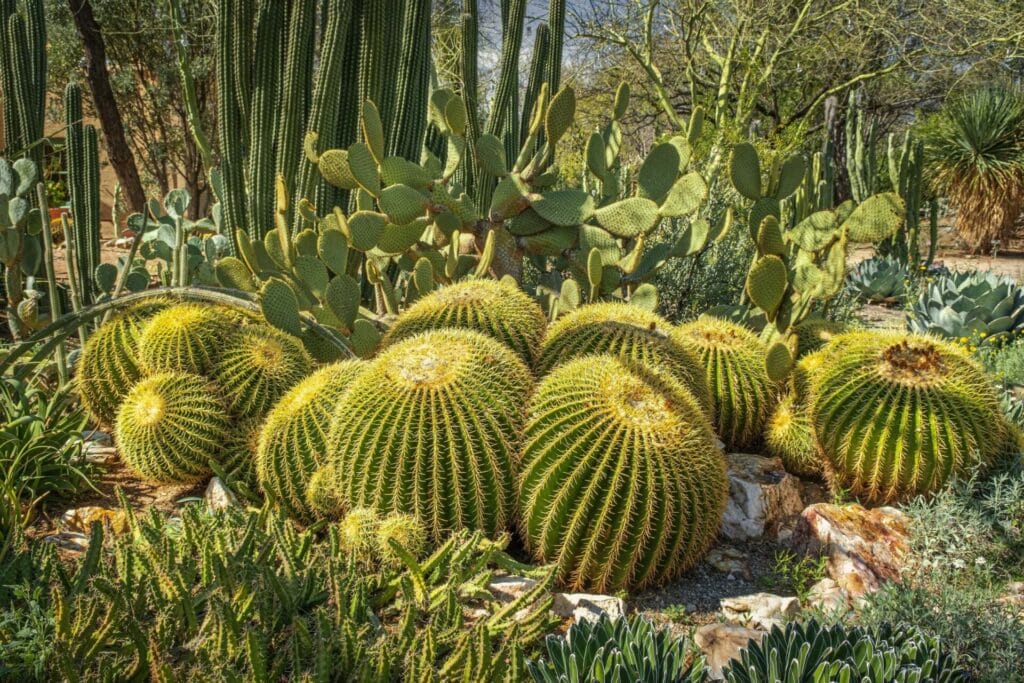
Why Xeriscaping is Perfect for Austin’s Climate
Austin, known for its hot summers and occasional dry spells, faces unique challenges when it comes to landscaping. Traditional lawns often require excessive water, which can be both costly and unsustainable. Xeriscaping, on the other hand, is designed to withstand drought conditions, making it a perfect fit for the city’s climate.
With increasing concerns about water scarcity in Central Texas, many residents and businesses are looking for ways to reduce their environmental impact. Xeriscaping Austin not only conserves water but also helps mitigate the urban heat island effect—where urban areas experience higher temperatures due to human activities. By using plants that require less water and create more shade, xeriscaping can lower surrounding temperatures, making the outdoor environment more comfortable and energy-efficient.
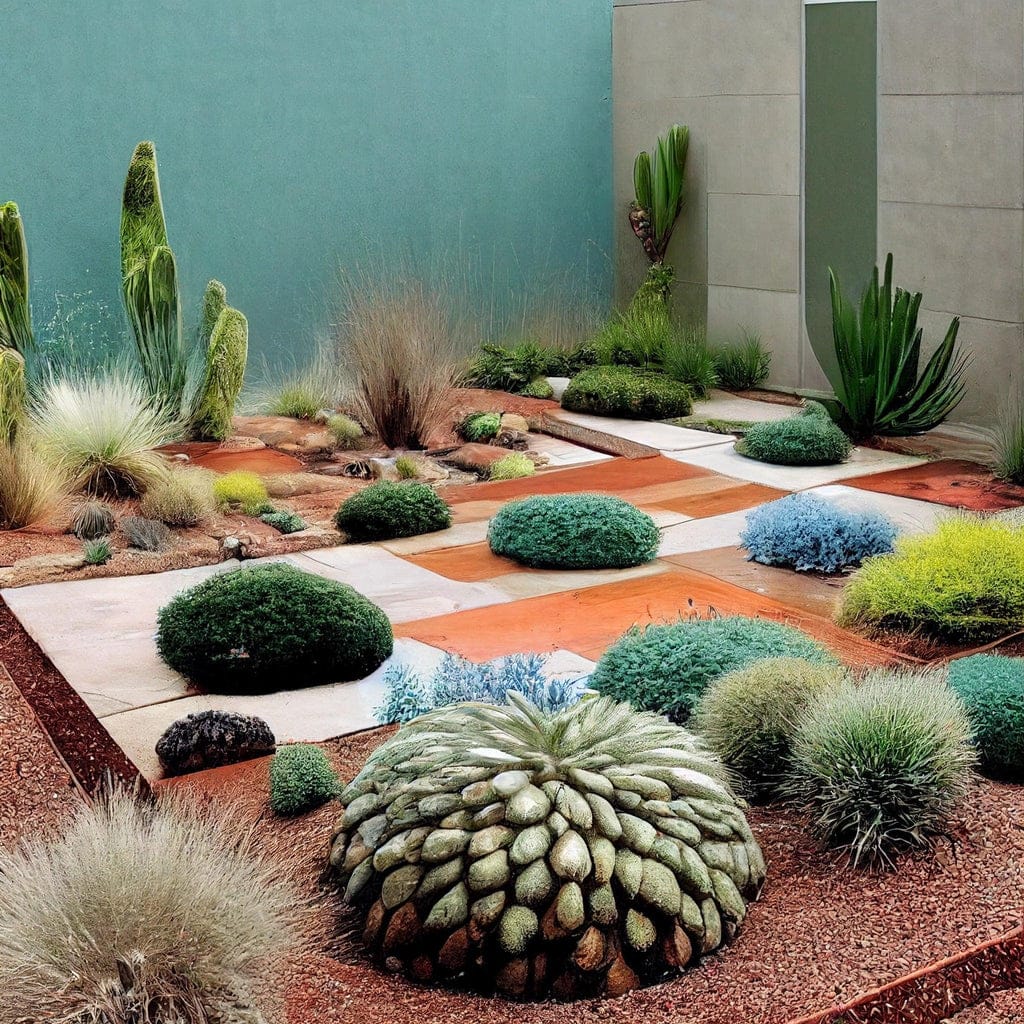
Benefits of Xeriscaping in Austin
1. Water Efficiency
One of the most obvious benefits of xeriscaping Austin is its ability to drastically reduce water consumption. Traditional lawns can account for a significant portion of household water usage, particularly in a city where summers can be extremely hot and dry. By replacing water-thirsty plants with drought-resistant alternatives, homeowners can dramatically cut down on their water bills while still maintaining an attractive yard.
2. Sustainability
Sustainable landscaping practices are becoming more important as the need to preserve natural resources increases. Xeriscaping aligns perfectly with this shift toward eco-consciousness. By using native and drought-tolerant plants, xeriscaping Austin encourages biodiversity and helps support local wildlife. Additionally, xeriscaping reduces the need for chemical fertilizers and pesticides, which can be harmful to the environment.
3. Lower Maintenance Costs
Unlike traditional lawns that require regular mowing, fertilizing, and watering, xeriscaping is low-maintenance. Once established, drought-tolerant plants need minimal upkeep. This translates to less time and money spent on lawn care, making xeriscaping an excellent long-term investment for homeowners and businesses alike.
4. Aesthetically Pleasing and Diverse
Contrary to the belief that xeriscaping means a barren or dry landscape, xeriscaped yards can be incredibly vibrant and diverse. Austin’s climate supports a wide range of drought-tolerant plants, such as native grasses, succulents, and ornamental shrubs, which can create stunning, colorful landscapes. Whether you prefer a desert-inspired garden or a lush, green oasis, xeriscaping offers countless possibilities for creative outdoor spaces.
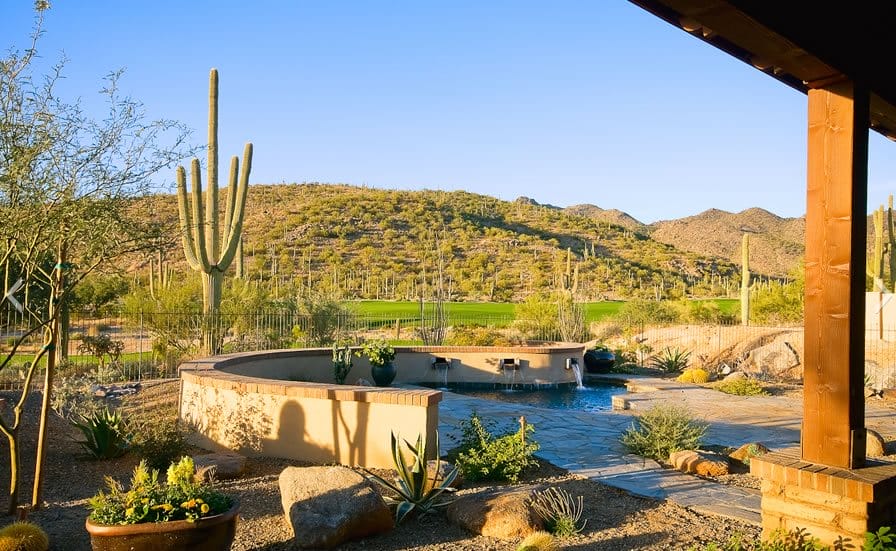
How to Get Started with Xeriscaping in Austin
If you’re considering xeriscaping your property in Austin, the first step is to evaluate your current landscaping. Identify areas where water is being overused, and start by replacing water-thirsty plants with more drought-tolerant varieties. Native plants like blackfoot daisy, red yucca, and lavender are perfect choices for Central Texas gardens.
Next, consider incorporating features such as mulch to retain moisture, efficient irrigation systems, and hardscaping elements like rocks or stone paths to reduce the amount of turf grass. Planning and design are crucial to ensuring your xeriscaped landscape thrives, so it may be helpful to consult a local landscaping professional with expertise in sustainable landscaping.
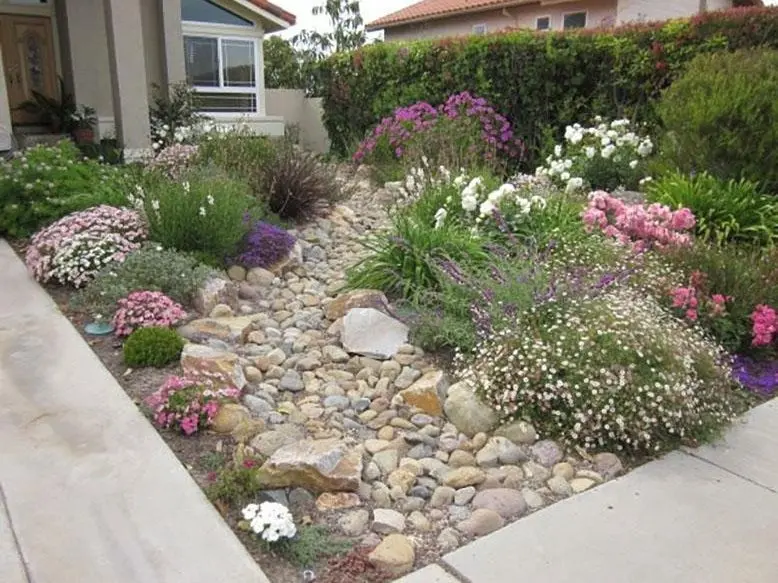
The Future of Landscaping in Austin
As water conservation becomes an even higher priority in Austin, xeriscaping is poised to become the landscaping standard for the future. Not only does it offer a solution to the city’s water challenges, but it also provides a more sustainable, low-maintenance, and aesthetically pleasing way to landscape. Whether you’re a homeowner looking to reduce your environmental footprint or a business aiming to create an eco-friendly commercial space, xeriscaping is a smart, forward-thinking choice.
In conclusion, the future of landscaping in Austin is undoubtedly rooted in water-efficient and sustainable practices. By embracing xeriscaping, you can create a beautiful, resilient, and eco-conscious landscape that benefits both your wallet and the environment. It’s time to start reimagining your outdoor spaces with xeriscaping—because the future of landscaping in Austin is dry, beautiful, and sustainable.
